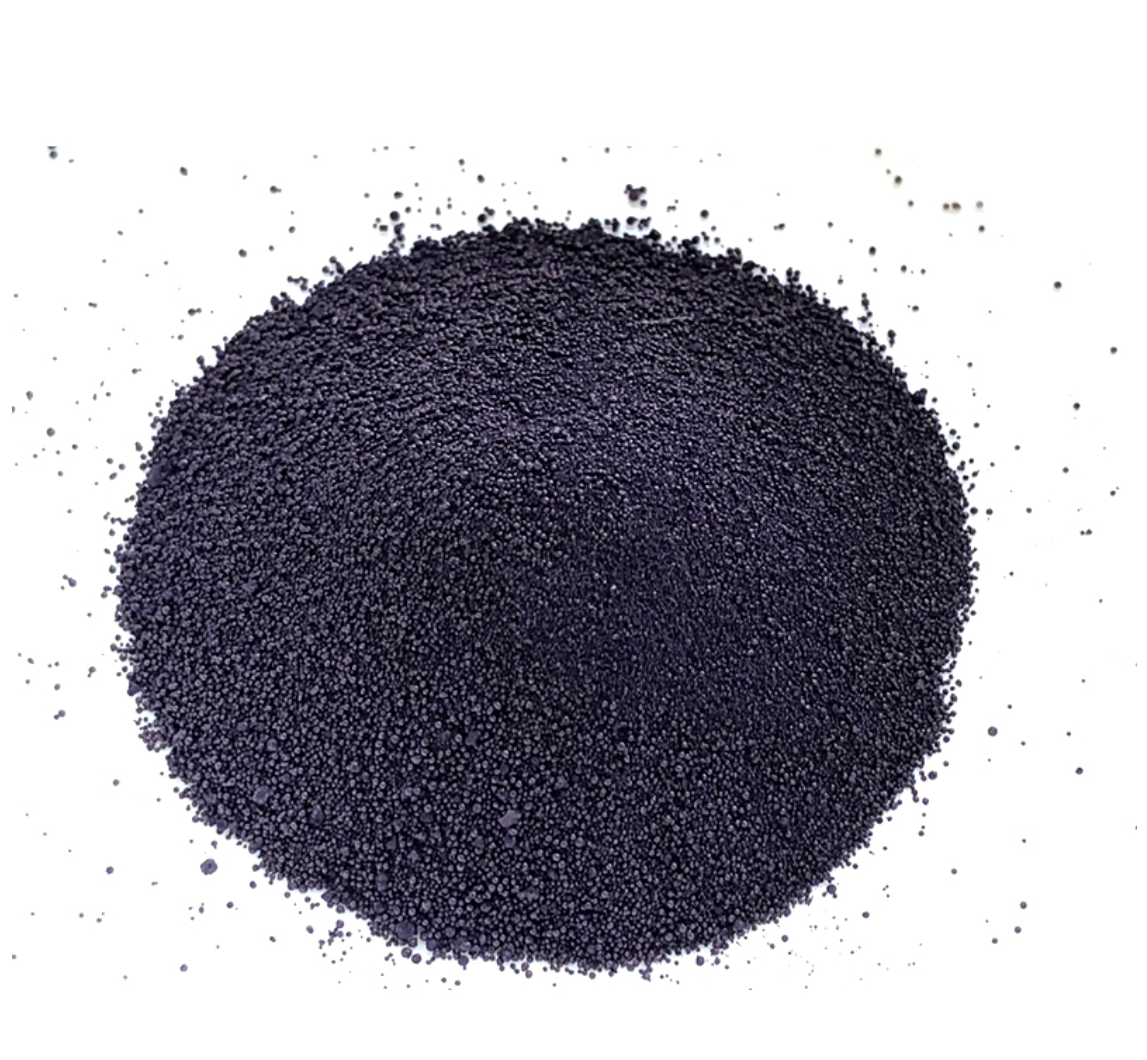Exploring the Art and Science of Indigo Dye in Denim Production
The Allure of Indigo Dye for Jeans A Timeless Tradition
Indigo dye has played a pivotal role in fashion history, particularly in the denim industry. As the fabric of choice for jeans, indigo not only transforms cotton into a versatile material but also carries with it a rich cultural heritage that spans centuries. In this article, we delve into the significance of indigo dye in jean production, its historical roots, and why it continues to captivate designers and consumers alike.
The Allure of Indigo Dye for Jeans A Timeless Tradition
In the 19th century, indigo underwent a transformation when it became the dye of choice for denim. The introduction of indigo-dyed twill fabric marked the birth of blue jeans, and it quickly gained popularity among workers due to its durability. Levi Strauss and Jacob Davis are credited with creating the first pair of jeans in 1873, combining indigo dye with sturdy denim to produce a garment that could withstand the rigors of hard labor. As the working class embraced denim, the blue jean became a symbol of rebellion and nonconformity in the 20th century, a trend that continues to resonate today.
indigo dye for jeans

The dyeing process of denim with indigo is fascinating and intricately tied to the fabric's unique characteristics. Unlike other textiles, which are often dyed throughout, denim is made using a technique known as rope dyeing. In this method, only the surface of the yarn is dyed, leaving the inner fibers undyed. This technique creates a distinct color contrast, resulting in the characteristic fading and aging effects seen in well-worn jeans. Over time, the indigo pigment fades in such a way that it tells a story about the wearer's experiences, making each pair of jeans unique.
Sustainability has emerged as a significant concern in the fashion industry, and indigo dyeing is no exception. Traditional synthetic indigo dyes can be harmful to the environment, leading to the search for sustainable practices. Many brands are now turning to natural indigo sources or employing eco-friendly dyeing methods to mitigate the impact on the planet. For instance, some companies are experimenting with indigo fermentation techniques that reduce water usage and eliminate harmful chemicals. This push toward sustainability not only preserves the craft of indigo dyeing but also appeals to environmentally-conscious consumers.
Modern fashion designers are embracing the allure of indigo as they combine traditional techniques with contemporary styles. The versatility of indigo allows for endless creativity, from tailored trousers to casual shirts. The resurgence of artisanal brands that focus on craftsmanship and quality has also led to a revival of hand-dyed indigo products, enticing consumers who appreciate unique textiles and the story behind them.
In conclusion, indigo dye remains a powerful force in the world of fashion, particularly in the creation of jeans. Its historical significance, coupled with its ability to evolve with changing consumer demands, ensures that it will retain its status as a timeless choice. As we navigate an era of sustainability and individuality, indigo dyeing continues to bridge the gap between tradition and modernity, capturing the hearts of fashion enthusiasts around the globe. Whether it’s a vintage pair of jeans or a contemporary design, the legacy of indigo dye is undeniably woven into the fabric of our lives.
-
The Timeless Art of Denim Indigo Dye
NewsJul.01,2025
-
The Rise of Sulfur Dyed Denim
NewsJul.01,2025
-
The Rich Revival of the Best Indigo Dye
NewsJul.01,2025
-
The Enduring Strength of Sulphur Black
NewsJul.01,2025
-
The Ancient Art of Chinese Indigo Dye
NewsJul.01,2025
-
Industry Power of Indigo
NewsJul.01,2025
-
Black Sulfur is Leading the Next Wave
NewsJul.01,2025

Sulphur Black
1.Name: sulphur black; Sulfur Black; Sulphur Black 1;
2.Structure formula:
3.Molecule formula: C6H4N2O5
4.CAS No.: 1326-82-5
5.HS code: 32041911
6.Product specification:Appearance:black phosphorus flakes; black liquid

Bromo Indigo; Vat Bromo-Indigo; C.I.Vat Blue 5
1.Name: Bromo indigo; Vat bromo-indigo; C.I.Vat blue 5;
2.Structure formula:
3.Molecule formula: C16H6Br4N2O2
4.CAS No.: 2475-31-2
5.HS code: 3204151000 6.Major usage and instruction: Be mainly used to dye cotton fabrics.

Indigo Blue Vat Blue
1.Name: indigo blue,vat blue 1,
2.Structure formula:
3.Molecule formula: C16H10N2O2
4.. CAS No.: 482-89-3
5.Molecule weight: 262.62
6.HS code: 3204151000
7.Major usage and instruction: Be mainly used to dye cotton fabrics.

